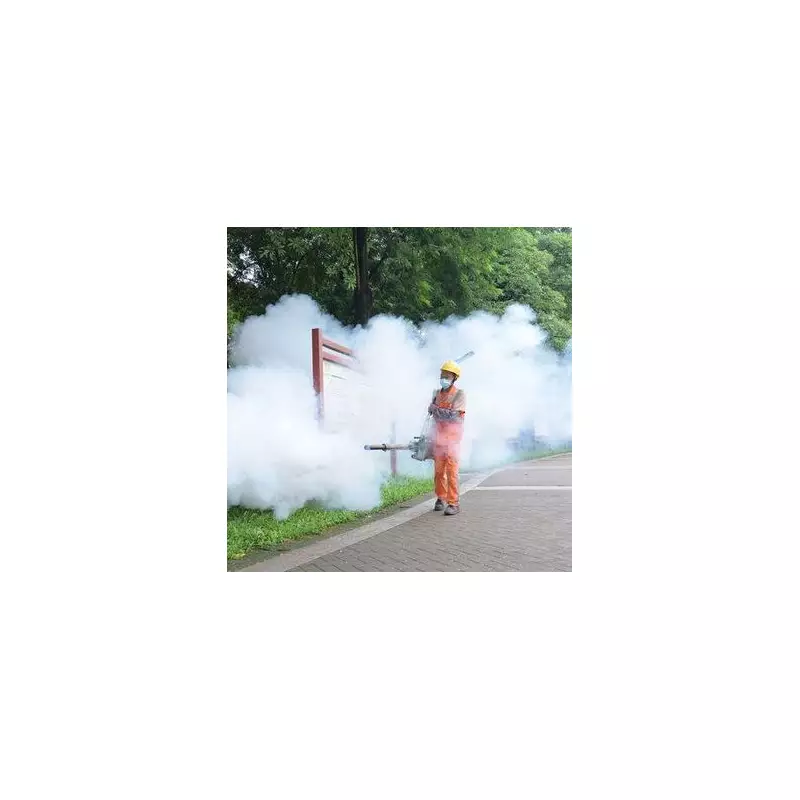
What is the Chikungunya Virus?
The Chikungunya virus is a mosquito-borne illness that has been causing concern worldwide due to its rapid spread and debilitating symptoms. Transmitted primarily by Aedes aegypti and Aedes albopictus mosquitoes, the virus can lead to severe joint pain, fever, and fatigue.
Symptoms to Watch For
Common symptoms of Chikungunya include:
- High fever (often sudden onset)
- Severe joint pain (particularly in hands and feet)
- Muscle pain
- Headache
- Fatigue
- Rash
While the disease is rarely fatal, it can cause long-term joint complications in some patients, making early detection and management crucial.
How Does Chikungunya Spread?
The virus spreads through the bite of infected mosquitoes. Unlike some other mosquito-borne illnesses, Chikungunya is not typically transmitted from person to person. However, a mosquito can pick up the virus by biting an infected person and then spread it to others.
Prevention and Protection
With no specific vaccine or treatment available, prevention is key:
- Use EPA-registered insect repellent
- Wear long-sleeved shirts and trousers
- Install or repair window and door screens
- Eliminate standing water where mosquitoes breed
- Use air conditioning when possible
Current Outbreaks and Risk Areas
While Chikungunya was first identified in Africa, it has spread to Asia, Europe, and the Americas. Travelers to tropical and subtropical regions should be particularly cautious, especially during peak mosquito activity times at dawn and dusk.
When to Seek Medical Attention
If you develop symptoms after visiting an area with known Chikungunya cases or after potential mosquito exposure, consult a healthcare provider immediately. Early diagnosis can help manage symptoms and prevent complications.





